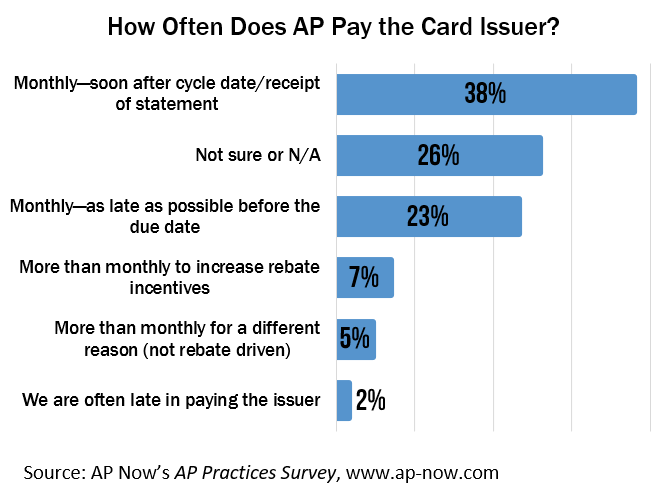Why did the Commercial Card account manager cross the road? Answer: To help their clients get to the other side. I use this version of the old chicken joke to illustrate a common hurdle for banks. They are often stuck assisting their clients with routine tasks that it leaves little time to work with them on program strategy and growth. Both parties lose out. As a former card program manager, I definitely understand frustrations that end-users might have regarding their card providers. However, I also see the other perspective. Keep reading to learn more, including action items for both providers and end-users to improve this crucial relationship.
End-user Clients
As I have asked in the past, are you a good client by taking advantage of the self-service technology offered by your provider? But it goes even deeper. If most of your time is consumed by routine tasks rather than program optimization, it is time to evaluate why and commit to a resolution. If, for example, you are constantly making temporary adjustments to limits or MCC restrictions, you should consider making permanent changes. If needy cardholders are a problem, then maybe your internal training should be revised. Look to your provider for insight.
Ask your account manager for tips on how to make your program management efforts more efficient. They typically have a keen bird’s-eye view of what could be plaguing your card program.
Be proactive about learning and using the technology available to you.
Providers
Providers want to deliver good customer service, but I will speak on their behalf by saying it needs to be worth something. If doing routine tasks for a client leads to the client growing their program, then there is some value. On the flip side are clients who can drain a provider’s resources while never getting close to realizing their program’s potential. I have to wonder whether such clients are worth retaining once the contract expires. Providers, to help clients help themselves:
Define up front the expectations of who does what, especially when/for what the client should use self-service technology.
Offer training and/or training materials on how to take full advantage of the technology features.
Suggest ways they might be able to free up some of their time for more strategic activities.
Final Thoughts
Providers can deliver valuable knowledge and support, but end-users need to be receptive. If end-users can take care of the simple things on their own, account managers can focus on helping their clients maximize the benefits of Commercial Cards. Both parties win.
Related Resource
Available Products & Services from Recharged Education
Submit a contact form to request a quote for what your organization needs.
Subscribe to the Blog
Receive notice of new blog posts.
About the Author
Blog post author Lynn Larson, CPCP, is the founder of Recharged Education. With 20 years of Commercial Card experience, her mission is to make industry education readily accessible to all. Learn more…




